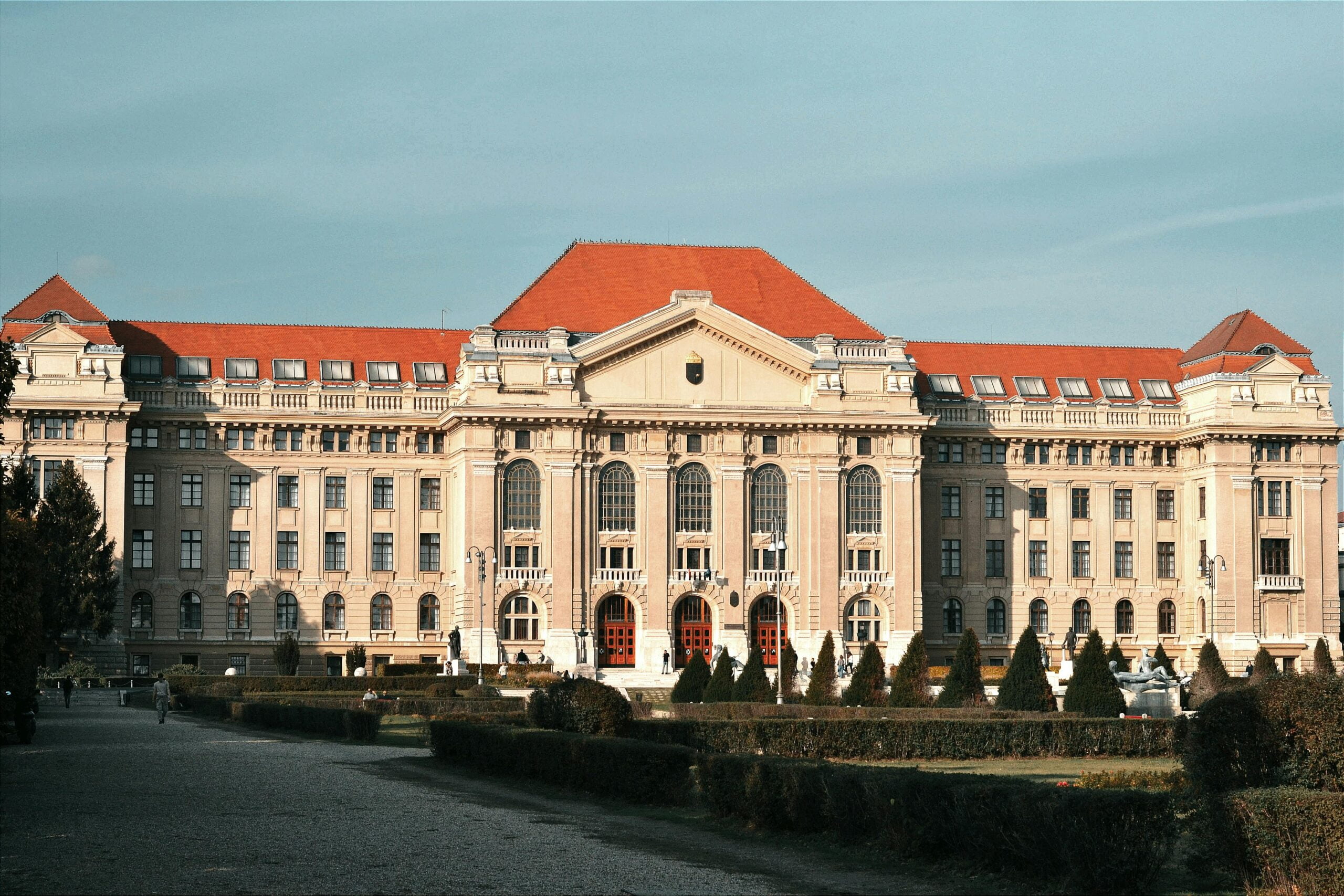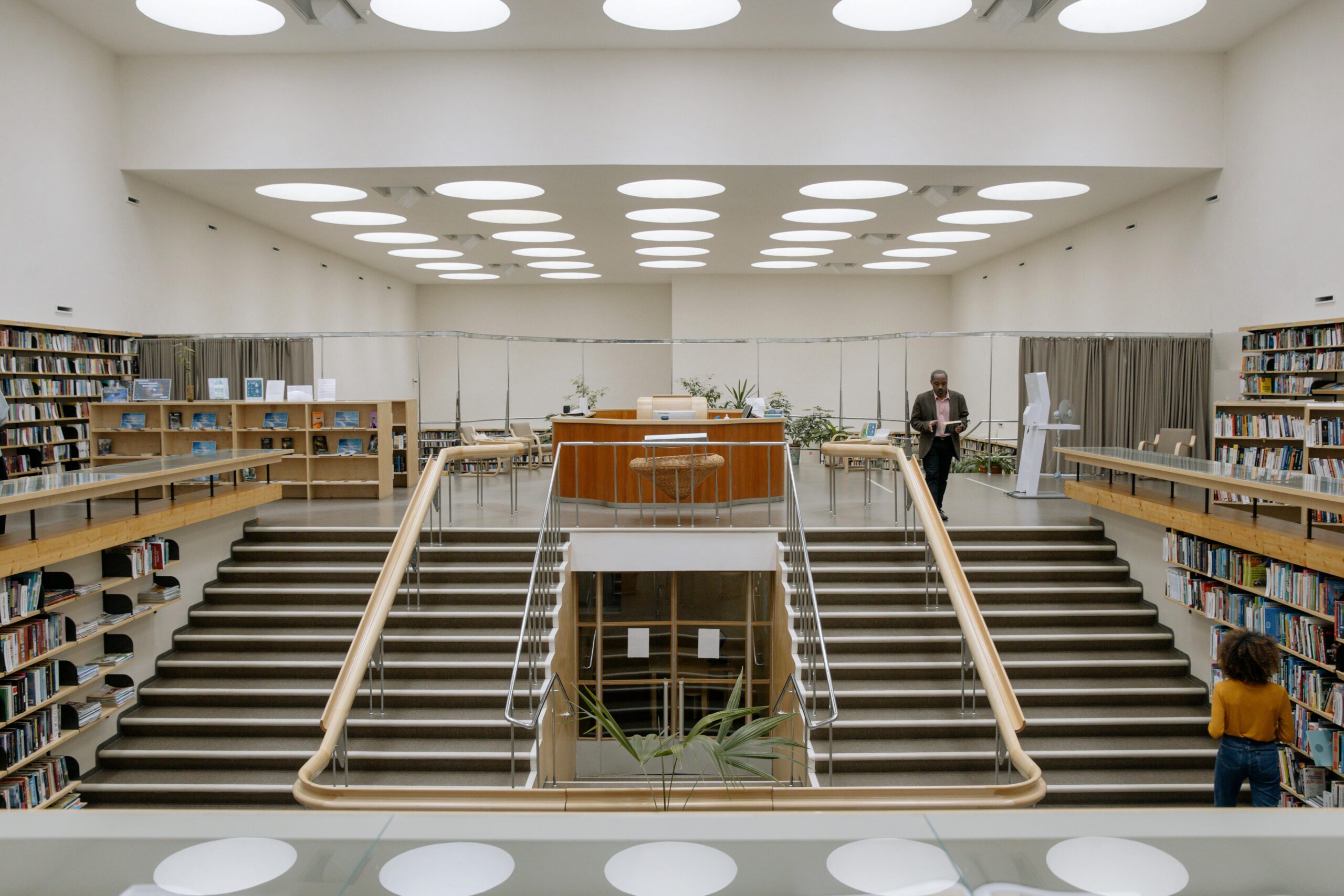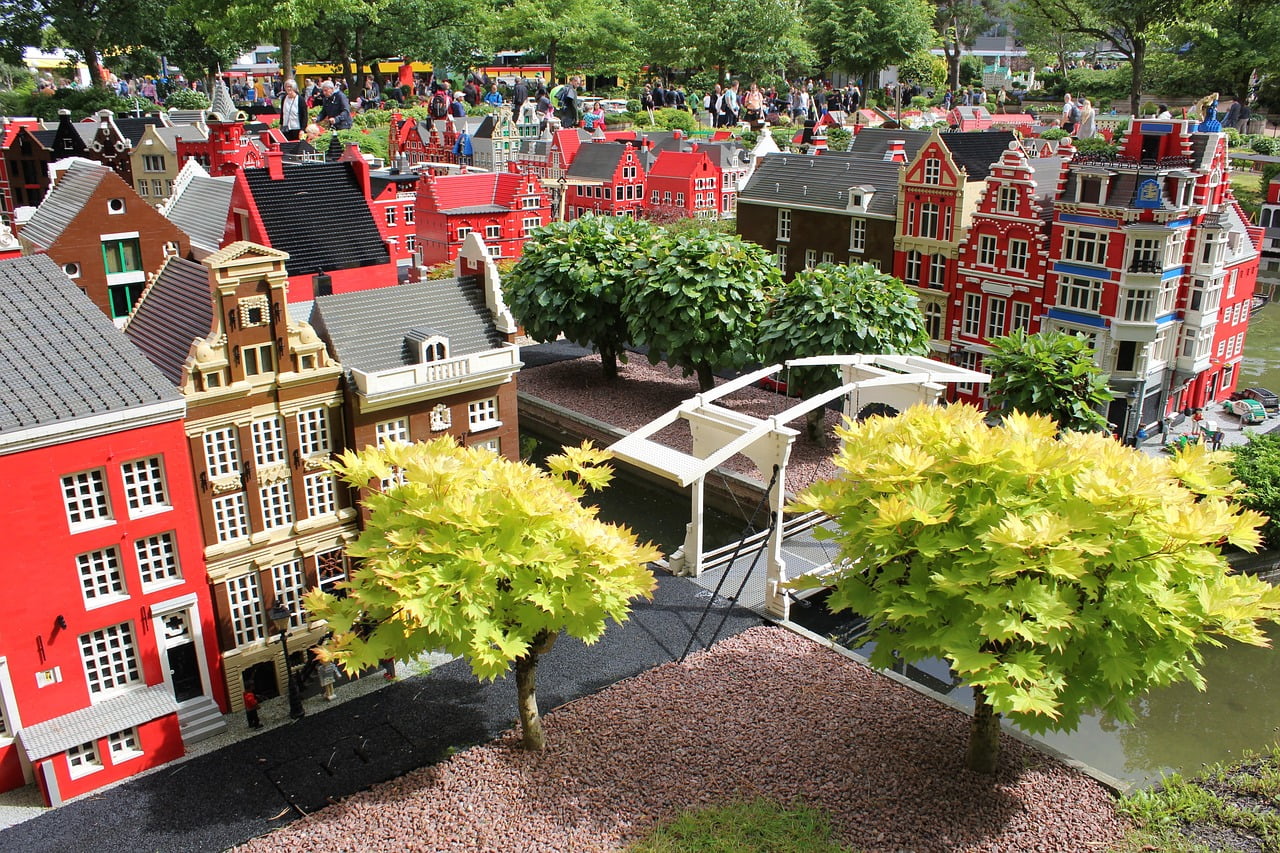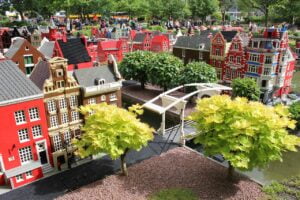What is a Glass and how it is used as a building material?
Glass is an inorganic building material that is made from liquid sand. It is a hard but at the same time very fragile non-crystalline solid that is often transparent or translucent, brittle, and chemically inert. It is manufactured by melting raw materials or even recycled glass at a temperature between 1500° C to 1700 °C (2732 °F to 3090° F). Glass is a material that is widely used for many purposes, not just as a building material. It has been present in human life for many years and is used for common purposes in daily life. [1] [2] [3]
Glass, is a pivotal building material, it transforms architectural landscapes by seamlessly blending aesthetics with functionality. Providing abundant natural light, enhancing energy efficiency, and boasting recyclability, glass offers versatility in design. With safety features like laminated and toughened options, it remains a cornerstone in modern construction, harmonizing sustainability and innovative aesthetics.
History of Glass as a building material
The history of glass as a building material is a journey that spans millennia, from its early origins to the cutting-edge applications of the present day. Many archaeological finds show that ancient civilizations such as Mesopotamia and Egypt laid the foundation for glassmaking around 4000 BC, producing basic objects like beads and vessels. The Romans significantly advanced glassmaking techniques, introducing glassblowing in the 1st century BC and producing complicated mosaic glassware. During the Middle Ages, Venice emerged as a pivotal center for glass production, perfecting clear glass and establishing the renowned Murano glass tradition. The Renaissance saw the integration of stained glass in Gothic cathedrals, while the Industrial Revolution brought mechanization and mass production. In the 20th century, the float glass process revolutionized flat glass production, and innovations in architectural glass and fiberglass emerged.
Contemporary developments include smart glass technologies and a focus on sustainable practices in glass production as a building material. [1] [3] In the modern world, which popularizes glass as a building material, credit goes to Joseph Paxton, who showcased his “Crystal Palace design” at the Great Exhibition in 1851. Since then, people have started playing with glass and have found various glass manufacturing techniques with advanced science and technology and used as a building material. [3]
What is glass made up of and what is its manufacturing process?
The principles and process of glass manufacturing have remained the same or unchanged over the years. With the advancement of science and technology, the process of achieving better quality and form and gaining greater efficiency has just increased. By doing so, we also vary the physical and chemical properties of glass. The basic components of glass that can be classified according to their groups are:
- Raw materials (vitrifying elements and oxides)
- Flowing agents
- Additives and dyes
Silicon dioxide, commonly known as silica, comes mainly from siliceous sand. It is one of the main raw materials used for manufacturing glass and contains 70% of its mass in glass. Apart from silica, sodium carbonate, lime, and calcium oxide are found in glass. [2]
The manufacturing process of glass involves the following steps:
- Raw Material Preparation: Materials like silica sand and sodium carbonate are sourced from quarries. Additives like limestone are used to lower the melting point of silica, making the glass melt easier.
- Batch Maxing: All the raw materials are carefully measured and mixed proportionally to ensure the correct chemical composition in the glass batch. (Also, recycled glass can be used in the mixture.) This is done to achieve a uniform blend of materials.
- Melting: The mixture is heated at a temperature between 1500°C to 1700°C (2732°F to 3090°F) in a glass-fired furnace or electric smelter. The raw materials used become molten glass. [2] [3]
- Refining: This process involves purifying and adjusting the chemical composition of molten glass to achieve the desired properties.
- Forming: This process involves forming the molten glass into the desired shape or size. It can be done by glassblowing, drawing, rolling, casting, etc. Molten glass can be converted into objects or elements like bottles, containers, sheets, decorative items, etc.
- Annealing: The formed glass is progressively cooled in an annealing oven to reduce internal tensions and increase strength.
- Cutting and Finishing: Glass sheets are cut into desired shapes and sizes with the required cutting tools, and after polishing them, they achieve a smooth and finished appearance. Additional coating can be done to enhance some specific properties.
- Quality Check: The final step before your glass product is ready to go to market.
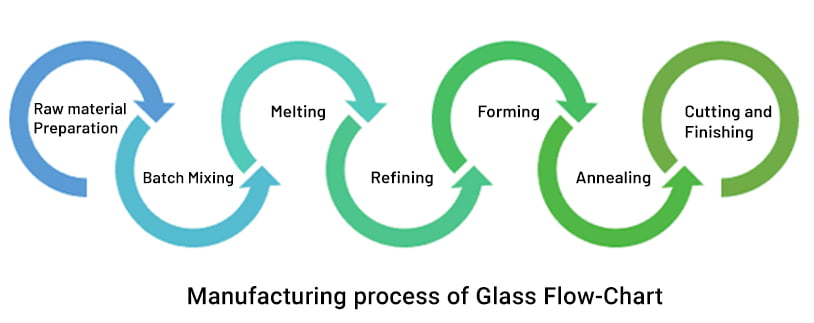
Types of Glass
There are various types of glass used nowadays, each designed for specific uses based on their unique characteristics. Here are some common types of glass as a building material, along with their uses and characteristics:
Float Glass
It is also referred to as clear float glass. It is produced by floating molten glass on a bed of molten metal (usually tin).
- Characteristic: Offers a smooth, distortion-free surface.
- Uses: Windows, glass facades, etc.
Tempered Glass
Tempered glass is also known as safety glass. This glass is heated to high temperatures and then rapidly cooled, resulting in increased toughness and the ability to shatter into small, blunt pieces when broken.
- Characteristic: It shatters into small pieces when broken.
- Uses: Windows, glass doors, car windows, etc.
Laminated Glass
Laminated glass is a type of safety glass that consists of two or more layers glued together by an interlayer, which is commonly comprised of polyvinyl butyral (PVB). This interlayer keeps the glass together as it shatters, lowering the risk of harm and injury.
- Characteristic: prevent penetration.
- Uses: Windshields, security glass, etc.
Low-emissivity (Low-E) Glass:
Low-emissivity (Low-E) glass is a specialized glass variety featuring a delicate, transparent coating designed to reduce emissivity, thereby restricting the emission of infrared radiation. This unique coating plays a pivotal role in enhancing energy efficiency by reflecting and minimizing the transfer of heat through the glass.
- Characteristics: Coated with a thin layer to reduce heat transfer.
- Uses: Energy-efficient windows, etc.
Tinted Glass:
Tinted glass is a type of glass infused with additives or coatings to introduce color and reduce glare. This glass variant is designed to absorb and reflect a portion of the incoming light, effectively minimizing the intensity of sunlight and enhancing visual comfort indoors.
- Characteristic: Reduces glare and heat transmission.
- Uses: Façade, vehicle windows, best for architectural works, etc.
Frosted Glass:
Frosted glass, also known as privacy glass. It is glass that has undergone a process to create a translucent surface. This is achieved through techniques like sandblasting or acid etching, resulting in a textured or matte appearance. Frosted glass maintains light transmission while providing privacy by obscuring visibility. It has 10–20% opacity.
- Characteristic: creates blurry images.
- Uses: Decorative windows, partitions, shower doors, etc.
Insulating glass:
Insulating glass, also known as double glazing, is made by sandwiching two or more glass panes with a sealed space in between. This space is filled with an inert gas to enhance insulation. The insulating layer helps reduce heat transfer, making insulating glass an energy-efficient solution.
- Characteristic: energy savings and better thermal performance.
- Uses: energy-efficient windows, climate-controlled environment, etc.
Mirrored glass:
Mirrored glass, commonly known as reflective glass. It is a type of glass that is mostly used in every household. This glass is coated with a reflective layer, usually aluminum, to create a mirror-like surface.
- Characteristic: reflects light and images.
- Uses: aesthetic purpose, architectural elements, etc.
Wire glass:
Wired glass, also known as Georgian wired glass or GW glass, is a type of glass that has a wire mesh or grid within the glass during the manufacturing process. This wire mesh enhances the glass’s strength and integrity in high-heat situations. The size of the grid is around 12.5 mm, and it holds the glass in place during any kind of external damage.
- Characteristic: hold the glass in place during an impact.
- Uses: fire-rated doors, windows, safety glazing, etc.
Bulletproof glass:
Bulletproof glass, also known as bullet-resistant glass, It is a type of glass that is strong and designed to resist penetration from bullets or other projectiles. It is made of different types or combinations of glasses, one hard and one soft. Softer glass acts as elastic and does not allow glass to shatter during an impact. Although it is not fully impenetrable, it can provide safety during an impact.
- Characteristic: Multiple layers of different types of glass.
- Uses: security glass, armored vehicles, etc.
Some of the other types of glass are annealed glass, broad glass, crown glass, curved glass, cylinder glass, decorative glass, drawn glass, flint glass, forest glass, fully tempered glass, horticultural glass, lead glass, plate glass, potash glass, self-cleaning glass, stained glass, and others. These glass also have different chemical and physical properties and are used for various kinds of applications and as building material. [4]
Glass Block
Glass blocks are hollow units that consist of two sections melted and pressed together, thereby creating a sealed air cavity. Both surfaces can be made smooth and transparent, or very ornamental and almost opaque. Glass blocks can be obtained in different sizes, textured, coated on the inside or outside, uncoated, or made of colored glass. They can be used internally and externally, example: transparent screen walls and room dividers (also in gymnastics or sports halls), windows, lighting strips, balcony parapets, and terrace walls. Glass blocks are fire-resistant up to G60, G120, or F60 when used as a cavity wall with a maximum uninterrupted area of 3.5 m2 and can be built either vertically or horizontally. They are used as building elements but cannot be load-bearing. Hollow glass blocks may be used as thermal and sound barriers. They can transmit high light up to 82%.
Properties of Glass
- Glass can absorb, refract, or transmit light. It can be made transparent or translucent.
- It can take excellent polish.
- It is an excellent electrical insulator.
- Glass is strong and brittle. We can also achieve great strength by combining different types of glass.
- It can be blown, drawn, or pressed.
- It is not affected by the atmosphere.
- Glass has excellent resistance to chemicals.
- It is available in various shades of color.
- With the advancement of technology, it is possible to make glass lighter than cork or stronger than steel.
- Glass panes can be cleaned easily.
- Glass can be recycled endlessly and is 100% recyclable.
- Admixtures and laminates can change the strength of glass.
Thickness of Flat Glass and Their Uses
Depending on your needs, there are several thicknesses of flat glass available. As one might anticipate, thinner glass is more fragile, and thicker glass is more durable. It’s essential to confirm that the glass’s thickness is appropriate for the intended use. These are some of the standard flat glass thicknesses and uses:
- 2 mm: normally used in picture frames.
- 3 mm: used in storm windows, picture frames, end tables, small insulated units, greenhouses, sheds, summer buildings.
- 4 mm: used in insulated units, windows, sliding doors, wall cladding, and small table tops.
- 6 mm: used for small table tops, insulated units, small shelves, commercial glazing applications.
- 7 mm: used for fire glass rated products.
- 8 mm & 10 mm: used in table tops (as protective covering), insulated units, single-pane windows, lightweight shelves, hand rails, framed shower doors.
- 10 mm & 12 mm: used in shower doors, table tops, glass walls, glass partitions, hand rails, door lights.
- 15 mm and 19 mm: used for glass doors, mall fronts, table tops, glass floors.
Advantages and Disadvantages of Glass as a Building Material
Advantages
- Glass offers a sophisticated and contemporary appearance, enhancing architectural aesthetics.
- Glass allows natural light, artificial lighting and fostering a well-lit environment.
- Its malleability and adaptability enable diverse applications across architectural designs.
- Incorporating advanced technologies like Low-E coatings contributes to energy-efficient building designs.
- Glass is recyclable, aligning with sustainable practices and reducing environmental impact.
- Toughened or laminated glass variants provide heightened durability and safety across various applications.
- Glass can be engineered for sound insulation, making it suitable for noise-sensitive environments.
Disadvantages
- The inherent fragility of glass poses safety concerns as it can break upon impact.
- In the absence of proper insulation, glass can contribute to heat loss or gain, depending on climate conditions.
- Regular cleaning is essential to sustain transparency and uphold aesthetic appeal.
- Standard glass is susceptible to break-ins; additional security measures are necessary for heightened protection.
- High-quality glass and specialized treatments can incur elevated construction costs.
- Glass surfaces may induce glare, impacting visibility and causing discomfort in certain settings.
- Transparent nature limits privacy, necessitating additional solutions for specific applications.
Examples of Famous Glass Buildings
- The Burj Khalifa, Dubai, UAE
- The Shard, London, England
- The Louvre Pyramid, Paris, France
- The Dancing House, Prague, Czech Republic
- Aldar Headquarters, Abu Dhabi, UAE
- Farnsworth House, Plano, United States



